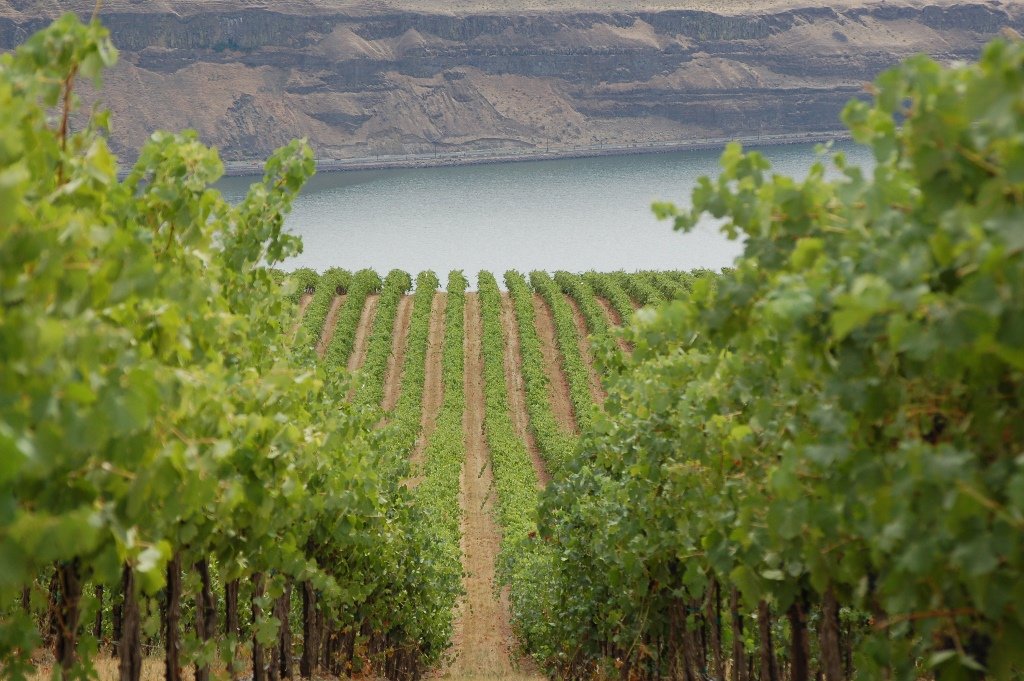
Oral Presentations: Monday, Feb. 5 | 3:15 - 4:30 PM | Toyota Center
Poster Viewing: Available for the duration of WineVit after 2:30 Monday
2024 Posters
-

Greenhouse Evaluation of Rootstocks Against the Northern Root-Knot Nematode (Meloidogyne hapla)
This greenhouse evaluation focuses on rootstocks that are of interest to the Washington Wine Industry. As awareness and utilization of rootstocks increases, continued research and information of rootstock attributes and performance should be made available to growers and academics. This greenhouse evaluation aims to fill some of the gaps between a previous greenhouse rootstock evaluation (2019) and the short and long-term field rootstock trials being conducted in Washington State.
-

The spread of genetic variants of Grapevine leafroll-associated virus 3 by mealybug vectors
Grapevine leafroll is by far the most ubiquitous and economically important disease affecting the sustainability of Washington’s grape and wine industry. The main causal agent of the disease, Grapevine leafroll-associated virus 3 (GLRaV-3), is spread by grape mealybugs and is known to be present as genetically distinct variants in different wine regions around the world. The main objective of this study was to examine the role of mealybug vectors in spreading genetic variants of GLRaV-3 in vineyards
-

Molecular approaches for building a comprehensive knowledge base on grapevine responses to virus infection
Little is known about the molecular interactions that occur between Grapevine red blotch virus (GRBV) and its host, grapevine (Vitis vinifera). The purpose of this research is to examine the differences in the abundance of regulatory molecules known as small RNAs between healthy grapevines and grapevines infected with GRBV. Our findings provide insight into the biological pathways that are impacted by GRBV infection, as well as into mechanisms tied to antiviral defense
-

Impact of Yeast Strain Selection on the Release of Smoke-Derived Compounds in Wine
Different Yeast strains were chosen to ferment experimentally smoked Merlot grapes. This project aims to understand the variation in fermentation aided release of smoke-derived compounds.
-

Drought stress compromises vine growth and yield regardless of fruit removal
In extreme droughts, water supply to vineyards may be shut off and growers remove fruit to enhance vines survival. We are testing whether this is true.
-

Foliar nitrogen application at veraison: What goes to the fruit stays in the fruit
My research is part of the national HiRes Vineyard Nutrition project, which aims at assessing nutrients in vineyards more efficiently, using remote sensing technologies. During my PhD program, I am focusing on foliar application of nitrogen at veraison with field and pot experiments.
-

High-Resolution Vineyard Nutrient Management: Project Highlights
Effective vineyard nutrient management is essential for achieving the desired grape quality. However, traditional plant tissue sampling has limitations in terms of consistency and coverage across vineyards. Our diverse team is working on improving sampling methods and developing real-time nutrient assessment tools. We have four main objectives: 1) develop non-destructive tools to measure grapevine nutrient status; 2) determine the efficiency and suitability of precision vineyard nutrient management; 3) define grapevine nutrient thresholds based on environment and production market; 4) estimate the economic impact and feasibility of nutrient management decisions and extend knowledge. Through advanced technology and field trials, we aim to empower grape growers with informed nutrient management decisions.
-

Maintaining healthy grapevines in registered nurseries through virus diagnostics
Maintaining healthy grapevines in registered nurseries is critical for advancing Washington’s clean plant programs. Towards this objective, the Grape Virology Program at Prosser IAREC has been collaborating with nursery managers and the Plant Services Program of the Washington State Department of Agriculture to maintain virus-tested mother vines in registered blocks. In 2023, a total of 4,878 composite samples collected from 28,927 individual vines (3,362 vines from wine grape cultivars and 1,516 vines from different rootstocks) were tested for GLRaV-3 and GRBV.
-

Biotic and Abiotic Influences on the Carbon Signature of Grape Juice
The objective of this study was to shed light on the potential for viticultural stresses to influence a measurement termed the "carbon isotope signature" found in grape juice. Some prior research has theorized this measure may someday be useful in grower’s contracts. This research will better prepare the Washington wine industry for future developments in pricing standards.
-

Mating disruption strategies for controlling grape mealybug, Pseudococcus maritimus in Washington State vineyards
Grape mealybugs, Pseudococcus maritimus, are the primary vector of grapevine leafroll associated viruses (GLRaVs) in Washington State wine grape vineyards and can be a late-season direct pest of fruit clusters. Grapevine leafroll disease (GLD) caused by GLRaVs is the most economically destructive viral disease and accounts for approximately 60% of vineyard yield loss. Research has demonstrated that feeding by one infected grape mealybug crawler can vector Grapevine leafroll-associated virus 3 (GLRaV-3) at rates up to 20%. We have conducted a three-year study on mating disruption for Ps. maritimus by deploying twist-tie and Cidetrak® pheromone-imbibed dispensers on grapevines in an even spatial manner of 0, 10, 30, 60, and 100 dispensers and 32 and 50 dispensers per acre respectively. We included sentinel traps baited with the sex pheromone of grape mealybug in two replicates (twist-tie) and three replicates (Cidetrak®) on 5-acre blocks per deployment rate in commercial grower vineyards in WA from May to August of 2021 and 2023. Dispensers deployed at 60 to 100 twist tie and 32 to 50 Cidetrak® dispensers per acre nearly shut down the capture of male Ps. maritimus in sentinel traps. Our results are positive, demonstrating great potential for successful mating disruption of grape mealybugs in Washington State vineyards.
